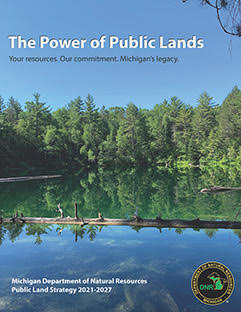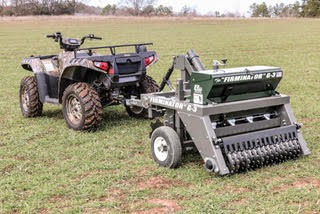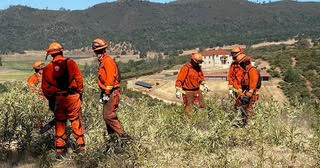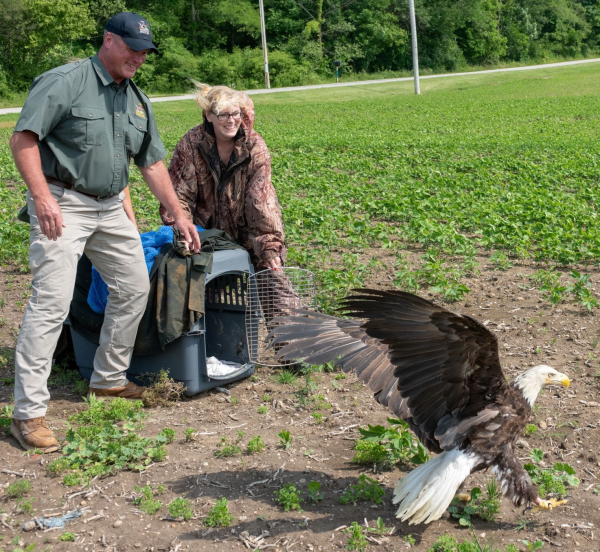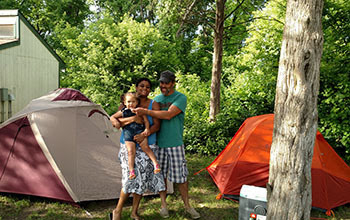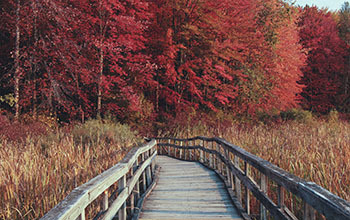Monitoring Buoy to Help Research Marine Mammals off Atlantic Coast
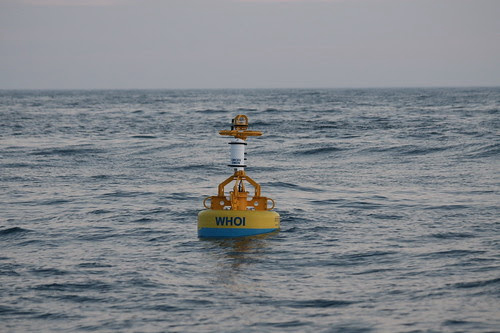
Technology Provides Environmental Data for Offshore Wind
The Maryland Department of Natural Resources (DNR), Maryland Energy Administration (MEA), University of Maryland Center for Environmental Science (UMCES), and Woods Hole Oceanographic Institution have launched an ocean buoy that monitors and provides daily reports of whales detected off Maryland’s Atlantic coast.
A wide range of whales, dolphins, and porpoises call the ocean offshore Maryland home or visit during their annual migration along the Atlantic coast. The buoy supports the state’s ongoing efforts to expand our understanding of marine mammals and to support research that will aid environmental assessments such as those conducted for offshore wind development. This buoy will provide information about these species and the time of year they are present.
The buoy was deployed about 23 miles offshore and is sited within US Wind LLC’s MarWin lease. A U.S. Coast Guard notice to mariners was issued to alert ocean-going vessels and the boating community to its location.
The buoy system has an underwater listening device called a hydrophone that will record marine mammal calls. A detection algorithm will then analyze these calls and determine the presence of humpback, fin, sei, and the critically-endangered North Atlantic Right whale species. These data will be transmitted to shore, and the records will be verified by UMCES scientists and shared on a daily basis. Anyone interested in which species are detected off our coast can access the daily reports on the buoy website. Read more

